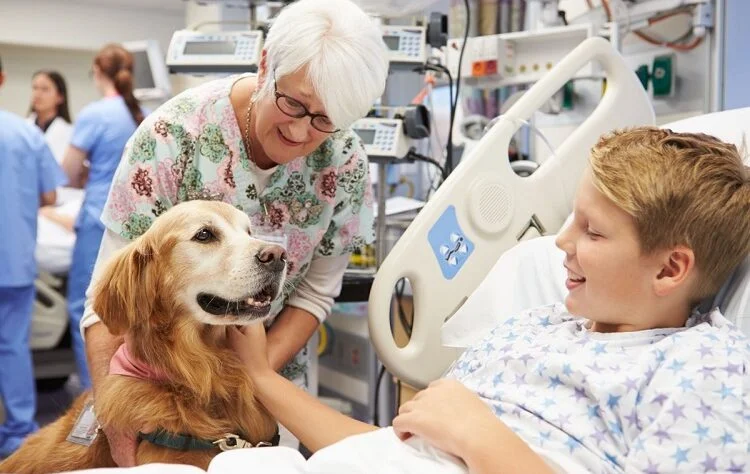You may have heard about animal assisted therapy where animals help to improve the emotional and physical functioning. The therapy sessions can take place anywhere from hospitals, health facilities to schools. It is not only about spending time with the animals, the sessions include specific therapeutic goals and strategies to measure the success of the treatment. Now let’s try to find out how these sessions can be beneficial for patients.
Benefits of animal assisted therapy
People suffering from different ailments and various conditions can benefit from this therapy. Those who are suffering from autism, dementia, cancer, behavioural disorders, chronic pain, and addiction can be helped with this therapy. But how does this therapy work? The interactions with animals can of different types. Even simple things like petting or playing with the animal can create positive vibes in patients. It is being suggested that this therapy helps to calm the senses which is a relief for people suffering from chronic diseases and terminal illness.
The most common animals used for therapy are dogs, horses, rabbits, cats and birds. Studies have proved that playing or petting a dog can release endorphins which are known to counter the effects of pain in the body. Other effects include a change in social skills, reduce grief, anxiety, improve motor skills, enhanced self-control, and also increase attention and focus.
Different kinds of therapies
There are basically two types of therapy sessions and there is a difference in the structure. The kind of interaction with animals is different; the activity sessions for instance are quite unstructured and involve meeting and interacting with animals. The second type can be quite formal, where there are very specific goals for people involved in therapy.
Advantages and disadvantages of the therapy
The most noticeable effect of the therapy is the change in nature of the patient. He or she becomes calm and confident about a lot of things. The gravity of the problem gradually diminishes, and there is focus on animals. Often patients suffering from depression who have henceforth lived a life of isolation tends to come out of the shell and start to communicate.
But there are many experts who believe that the therapy has to go a long way, as there is often lack of structure in the entire process. Many doctors have mentioned an absence of non-treatment control group can often jeopardize the entire therapy. There is no specific manual for treatment and much of it still remains in various stages of experimentation. Plus it is hard to combine this therapy with any other structured forms of treatment. There is absence of objective measures; instead the dependence is more on self-reports. Often doctors have mentioned the absence of proper study reports and follow-up reports in order to prove the success rate of these therapies.
Animals can be your best friends, even when they are not part of the therapy. They are great companions for humans. In the coming years, animal assisted therapy can do wonders for patients!

